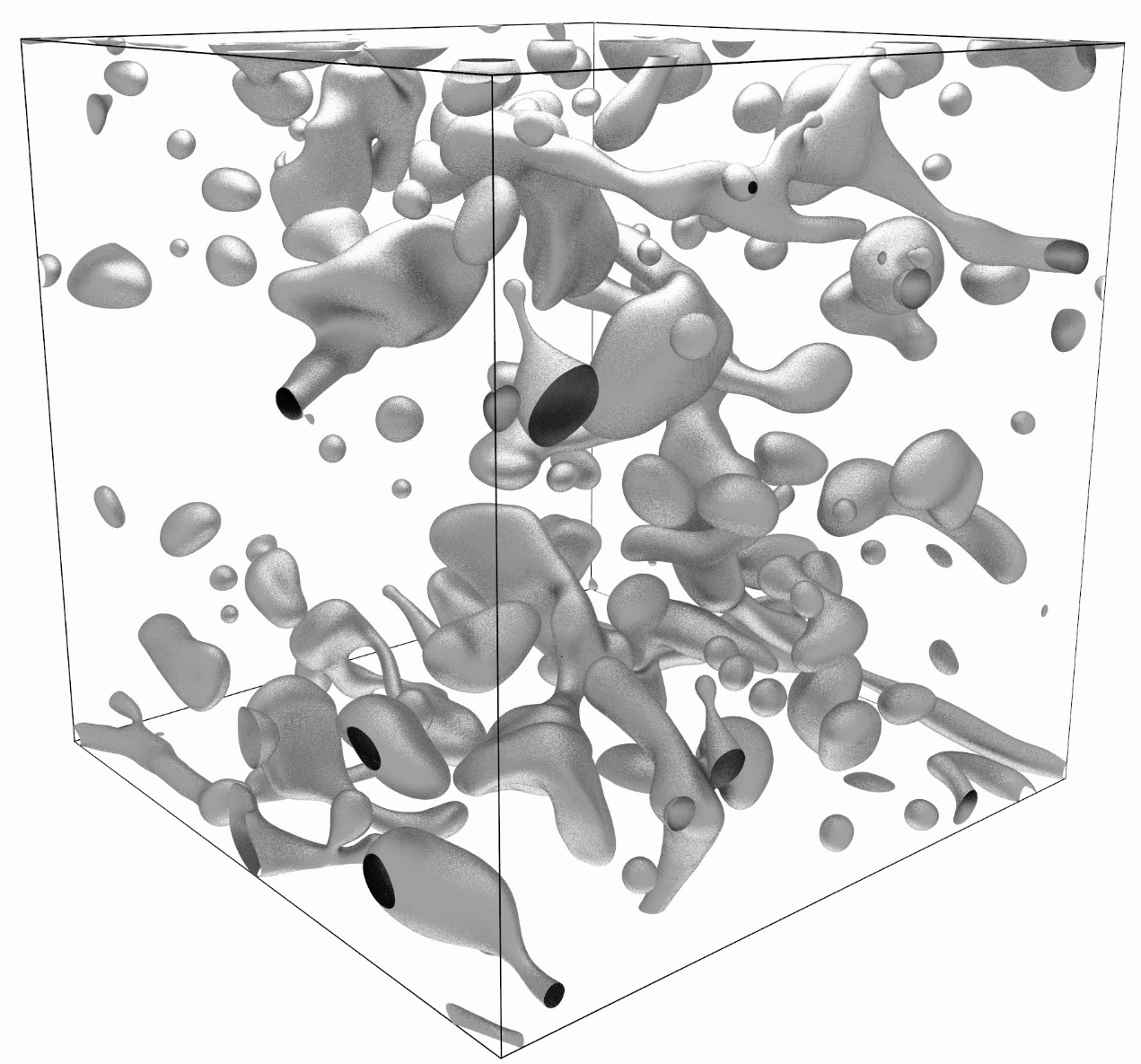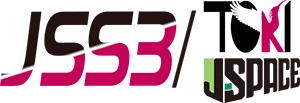Numerical Simulations of Fully Developed Turbulence
JAXA Supercomputer System Annual Report February 2024-January 2025
Report Number: R24EACA05
Subject Category: JSS Inter-University Research
- Responsible Representative: Susumu Goto, Professor, Osaka University
- Contact Information: Susumu Goto(s.goto.es@osaka-u.ac.jp)
- Members: Keisuke Endo, Takahito Fujimoto, Susumu Goto, Wataru Iwashita, Ryusuke Inoue, Yusuke Koide, Shota Kukimoto, Yutaro Motoori, Satoshi Matsumoto, Hayato Masuda, Gendai Nakano, Nozomu Osaka, Keita Okubo, Akito Oda, Masahiro Suzuki, Kodai Saheki, Kentaro Tanaka, Daiki Watanabe, Kiwamu Yoshii, Napat Lilittrakul
Abstract
Most of flows around us are turbulence, and their prediction and control are important in various research fields. Fortunately, with the improvement of supercomputers, the Reynolds number of turbulence that can be numerically simulated has been getting higher year by year. However, it is still impossible to simulate, without some modeling, extremely-high-Reynolds-number turbulence appeared in aerospace engineering. Therefore, many authors have been developing turbulence model on the basis of the universality of small-scale statistics and dynamics of turbulence. In the present study, we aim at clarifying the origin of the universality of turbulence through numerical simulations of turbulence under various boundary conditions, and construct a new turbulence model with the aid of information science.
Reference URL
N/A
Reasons and benefits of using JAXA Supercomputer System
Many of the flows that appear in aerospace engineering are fully developed turbulence at high Reynolds numbers, and understanding their dynamics and statistics is directly related to various projects in JAXA. In particular, if the construction of a new turbulence model, that is the main research aim of the present project, is successful, it should support the foundation of numerical simulations for many projects.
Achievements of the Year
In our previous studies, we have clarified that understanding the dynamics of coherent vortices in turbulent flow is essential for the construction of turbulence models. Therefore, this year, we focused our research efforts on clarifying the role of coherent vortices in the droplet formation in turbulent flow where two kinds of liquids are mixed. The study of droplet formation in turbulent flow dates back to the classical theory by Kolmogorov and Hinze. In the present study, we systematically investigated it with the aid of direct numerical simulations. The results show that the droplet diameter distribution changes its behavior at the Kolmogorov-Hinze length. We have also established a method to quantify the contribution of the hierarchical structure of coherent vortices in turbulence to the droplet breakup process.

Fig.1: Direct numerical simulation of droplet breakup and coalescence in turbulent flow under periodic boundary conditions. Droplets repeatedly breakup and coalesce under the influence of the hierarchical structure of coherent vortices and reach a statistically steady state.
Publications
- Peer-reviewed papers
1) Awai Hideto, Yutaro Motoori, Susumu Goto, Attenuation of turbulence in a periodic cube by anisotropic solid particles, J. Fluid Mech. (in press)
2) Yusuke Koide, Susumu Goto, Polymer stretching and alignment under the hierarchy of multiscale vortices in turbulence, Phys. Rev. Fluids, 9 (2024) 123303.
3) Satoshi Matsumoto, Masanobu Inubushi, Susumu Goto, Stable reproducibility of turbulence dynamics by machine learning, Phys. Rev. Fluids 9 (2024) 104601.
4) Daiki Watanabe, Kento Eguchi, Susumu Goto, Onset of convection cells in a horizontally rotating cylinder partially filled with liquid, J. Fluid Mech. 989 (2024) A9.
5) Susumu Goto, Yutaro Motoori, Hierarchy of coherent vortices in developed turbulence, Review of Modern Plasma Physics 8 (2024) 23
6) Kai Fukami, Susumu Goto, Kunihiko Taira, Data-driven nonlinear turbulent flow scaling with Buckingham Pi variables, J. Fluid Mech. 984 (2024) R4.
7) Ryo Araki, Wouter J. T. Bos, Susumu Goto, Space-local Navier-Stokes turbulence, Phys. Rev. Fluids 9 (2024) 014603.
Usage of JSS
Computational Information
- Process Parallelization Methods: MPI
- Thread Parallelization Methods: OpenMP
- Number of Processes: 64 - 128
- Elapsed Time per Case: 30 Hour(s)
JSS3 Resources Used
Fraction of Usage in Total Resources*1(%): 0.22
Details
Please refer to System Configuration of JSS3 for the system configuration and major specifications of JSS3.
| System Name | CPU Resources Used(Core x Hours) | Fraction of Usage*2(%) |
|---|---|---|
| TOKI-SORA | 1723483.97 | 0.08 |
| TOKI-ST | 914069.57 | 0.94 |
| TOKI-GP | 0.00 | 0.00 |
| TOKI-XM | 0.00 | 0.00 |
| TOKI-LM | 31.49 | 0.00 |
| TOKI-TST | 0.00 | 0.00 |
| TOKI-TGP | 0.00 | 0.00 |
| TOKI-TLM | 0.00 | 0.00 |
| File System Name | Storage Assigned(GiB) | Fraction of Usage*2(%) |
|---|---|---|
| /home | 6404.00 | 4.32 |
| /data and /data2 | 469790.00 | 2.25 |
| /ssd | 42670.00 | 2.29 |
| Archiver Name | Storage Used(TiB) | Fraction of Usage*2(%) |
|---|---|---|
| J-SPACE | 0.00 | 0.00 |
*1: Fraction of Usage in Total Resources: Weighted average of three resource types (Computing, File System, and Archiver).
*2: Fraction of Usage:Percentage of usage relative to each resource used in one year.
ISV Software Licenses Used
| ISV Software Licenses Used(Hours) | Fraction of Usage*2(%) | |
|---|---|---|
| ISV Software Licenses(Total) | 0.00 | 0.00 |
*2: Fraction of Usage:Percentage of usage relative to each resource used in one year.
JAXA Supercomputer System Annual Report February 2024-January 2025


